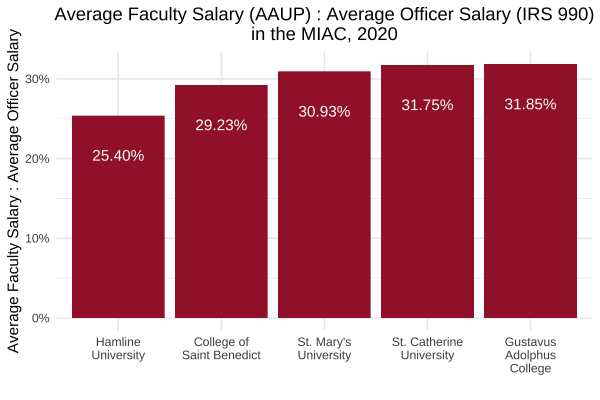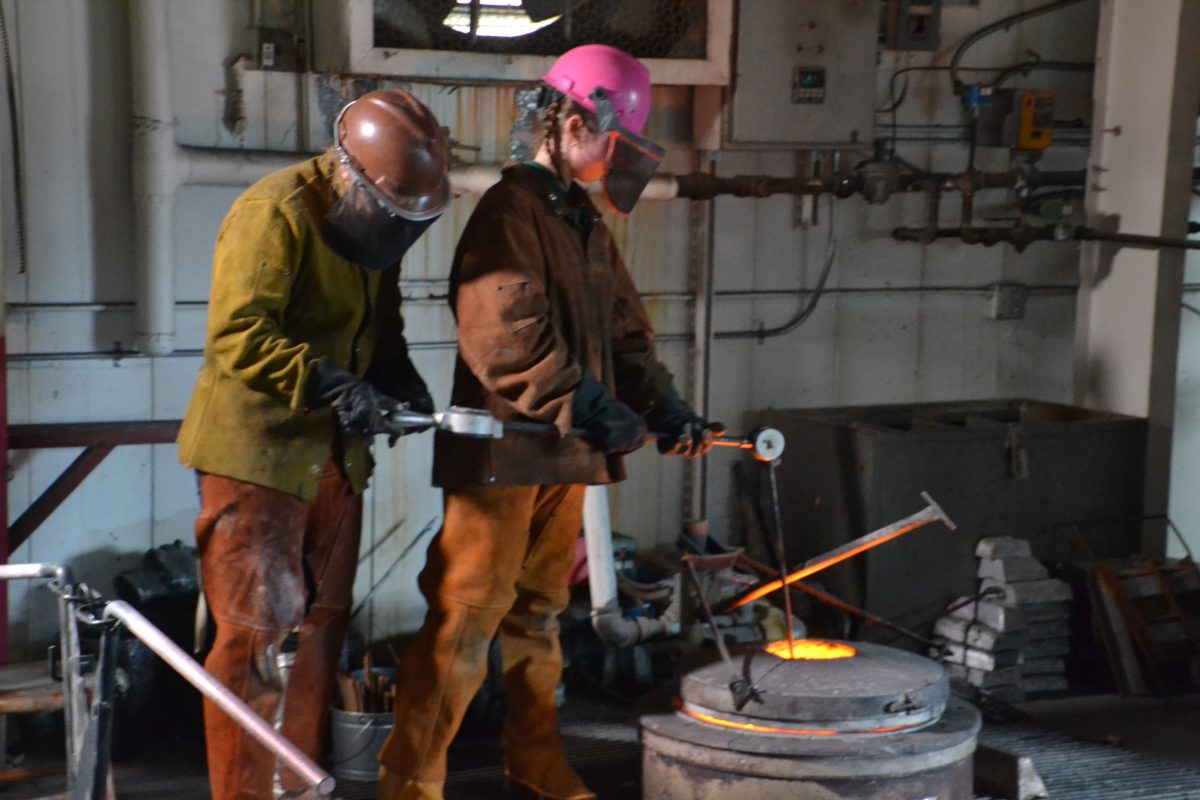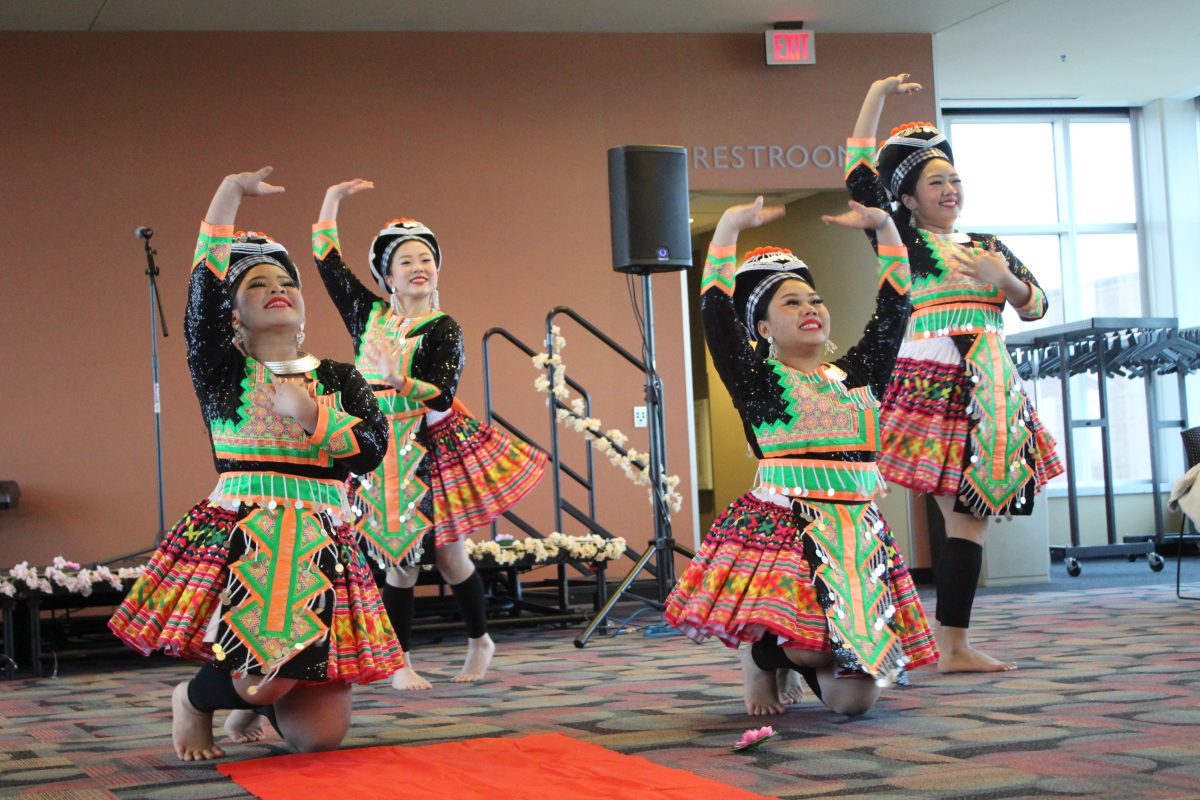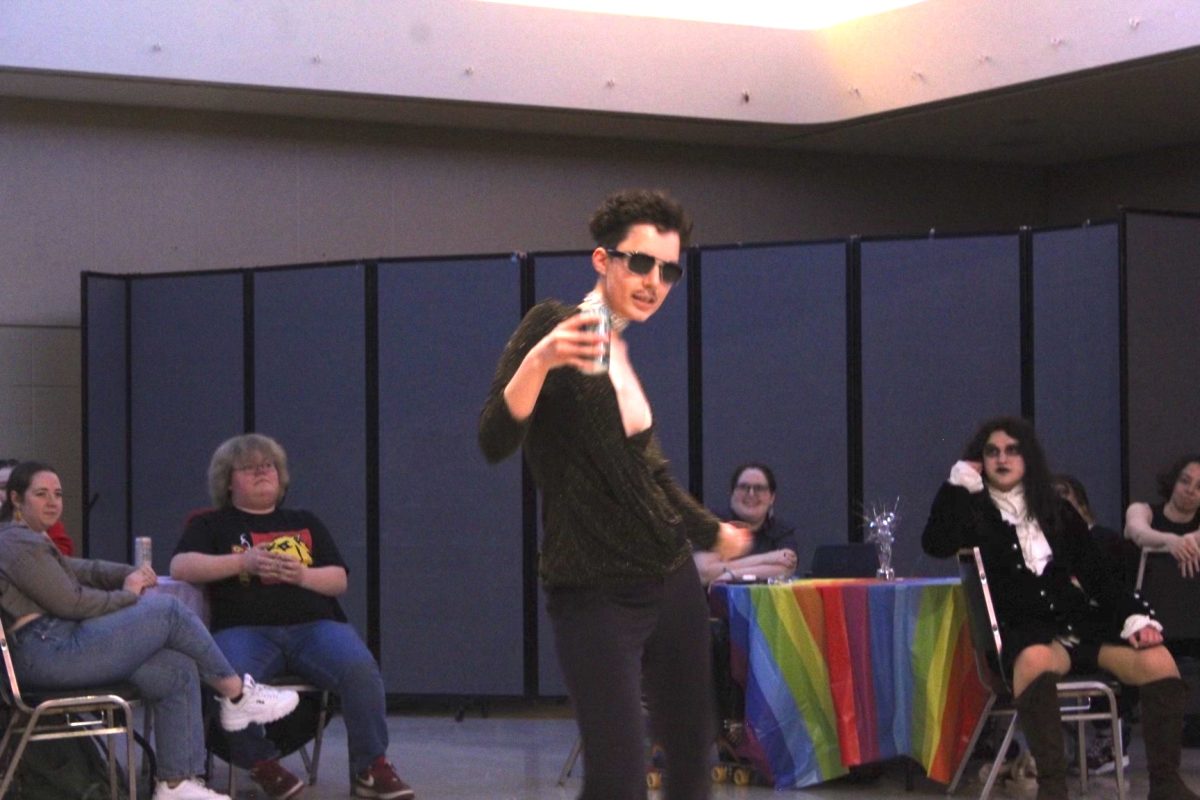Nearly every level of Hamline University is in a transitional period. As new leaders settle in, many faculty members hope to see an increase in transparency and cooperation in the college’s budgetary decisions.
At the end of Kathleen Murray’s first semester as Hamline’s Acting/Interim President, one search committee nears the end of their search for a new Vice President of Finance and Administration while others lay the groundwork for upcoming national searches for a permanent President and Provost.
Most executive-level financial responsibilities have been covered by two experienced staff members, Kathy Mann Arnott and Steve Rose, since November after two of the university’s lead financial officers — the Vice President for Finance and Administration and the Controller — left their positions midway through the school’s annual audit.
During her first semester as Interim President, Kathleen Murray has called on two colleagues from her previous presidencies to help cover other financial duties while also providing an outside perspective on Hamline’s finances: Peter Harvey, Murray’s Chief Financial Officer (CFO) at Whitman College, and Kate Walker, another recently-retired CFO from Grinnell College who was previously Murray’s Assistant Vice President at Macalester.
Hamline’s new Controller since Jan. 2, 2024, Becky Groen, finally has a handle on the position.
“Of course there are challenges in those sort of personnel turning over, but I was able to get up to speed pretty quickly here,” Groen said. “And with the help of our outside consultants, I have really been able to catch up, get up to speed and feel like I have my feet under me, which is great.”
All of our business
Community stakeholders have expressed interest in removing silos — both between departments and between administrators, staff and faculty — to at least provide transparent motivations for budgetary decisions.
“I want to see metrics that we can all look at and say ‘Oh, that makes sense,’” English professor Mike Reynolds said. “I think there’s a tremendous resistance to sharing stuff like that across different units.”
Faculty Council President and physics professor Bruce Bolon noted that even faculty members who have taken on more institutional responsibilities have limited information about the broader budget.
“Very few have any access to it, even when you’re on committees that are supposed to be involved in strategic planning,” Bolon said. “I’m on one. We have essentially zero access to significant budgetary information.”
Professor of Political Science, Binnur Ozkececi-Tanner shared the belief that the broader Hamline community — not only strategic committee members — could benefit from an increase in transparency.
“There is really no clear communication that faculty are receiving,” Ozkececi-Taner said. “I think, you know, transparency builds trust, trust actually increases engagement and engagement leads to meaningful changes.”
Creative writing department director and professor Richard Pelster-Wiebe highlighted the lost opportunity to make more use of the passion, expertise and resources that are already here.
“I believe that if you’re going to grow a community you have to take risks, right?” Pelster-Wiebe said. “I think that, for us in the arts, we have ambitious ideas about risks that we can take that would not cost a lot of money, but it would just give us some kind of basic resources to work with.”
Provost Rundquist explained that most of the isolation of budgetary information is done for efficiency due to the frequent misunderstandings that arise when interpreting financial documents.
“One of the things we found when we have done deeper sharing: on occasion, we get a little bit stuck — when we have to move fast — educating people about things,” Rundquist said.
While such education can take time, he agreed that it is a step that could be implemented more frequently moving forward.
“Do we do it well now? Nope. Can we? You bet,” Rundquist said.
Administers
“There’s a tendency to say that our expenses are too high for our revenue, and I actually think our revenue is too low for our expenses,” President Kathleen Murray said. The interim president went on to explain that she believes Hamline has done enough to cut costs, and the focus should now be redirected towards building revenue.
Bruce Bolon emphasized one exception he takes with Murray’s aim to avoid future budget cuts altogether: the salaries of administrators.
“I do not agree that we don’t need to make any more cuts, because again, coming back to upper level administrators,” Bolon said. “That would do a lot to balance the budget that would not necessarily be detrimental to the mission.”
Wages
As a nonprofit business, a short listing of Hamline’s administrative salaries is publicly available through the IRS tax form 990. While that list is not exhaustive, it does offer some perspective on the scale of administrative pay at Hamline. In 2020 — the most recent year with complete salary data for Hamline from the American Association of University Professors (AAUP) and an IRS 990 form listing administrator salaries — the faculty-to-administrator pay ratio at Hamline was 25.4%: the lowest in the MIAC.

“When you’ve seen so many cuts — to curriculum, to faculty, to staff — and yet we still have that many upper level administrators, and the salaries they’re making are huge, it just shows where the current priorities are,” Bolon said. “And they’re not where they should be.”
Bolon is not the only member of the faculty who has observed power imbalances within the university.
“I think my problem with the way that things are being handled is the power asymmetry between administration and faculty,” Ozkececi-Taner said. “So when there’s a budget cut, for example, it’s the positions being cut, it’s the programs being cut, but we have not really seen any kind of contraction at the administrative level.”
In 2019, Ozkececi-Taner organized the Voluntary Wage Transparency Initiative (VWTI), a group of Hamline faculty members who used anonymized surveys to share information about the salaries of professors.
“While we recognize there is no guarantee that transparency will correct inequities, we also
recognize a culture of silence enables the status quo,” Ozkececi-Taner wrote in a 2019 summary of the group’s work.
While Ozkececi-Taner is proud of what the VWTI accomplished, she hopes to see the process incorporated into institutional practices and not as a .
“10 years from today, I may not be at Hamline, and if I’m the person who is doing it all the time, who is going to be doing it after I’m gone?” Ozkececi-Taner said. “I’m more about how we institutionalize certain policies so that there is a cycle and that cycle is followed through.”
Tension and retention
As a tuition-driven institution, Hamline’s budget directly depends on the number of students enrolled each year. In 2022, the most recent year with available financial data, 73.9% of Hamline’s total revenue came from tuition. While that revenue might be increased by raising the cost of tuition, when administrators refer to growing revenue, they are often describing a plan to increase enrollment: drawing more students or retaining more of the students who are already here.
After the controversy surrounding last year’s art history classroom incident, the number of first years enrolled at Hamline for Fall 2023 fell below the administration’s expectations. When the budget shortfall was addressed, in part, through cuts to the Hamline Work Study program, Interim Provost Andy Rundquist explained that this year’s budget shortfall stemmed from both the drop in enrollment and the exhaustion of COVID-19 related grants from the Higher Education Emergency Relief Fund (HEERF).
Aiming for a return to more typical enrollment numbers in the near future, Rundquist hopes to balance the smaller class by ensuring that at least 81% of first year students return next fall.
“I think, fiscally, that it’s gonna bear out if we hit those numbers. I think, what a gift if that small, current first year class becomes exactly what we had originally expected as a second year class,” Rundquist said. “It just basically gets fixed in one year. It doesn’t solve all the problems, but it was a way to rally the troops. It was a way to think about, you know, a tangible goal we can seek out.”
Rundquist explained that a high priority in the efforts to improve retention is to support the “centers of meaning” in students’ on-campus lives, such as membership in student organizations and sports teams.
In discussions with faculty members, some pointed out their key role in creating the time and space for students to create meaning. As some have taken on the work of advocating for themselves and their peers through negotiations, radical transparency and community-building, many professors hope the university will continue to invest in a community that values and includes them.
“We all are active in the community here and we work hard to innovate on behalf of our students and teach,” anthropology professor David Davies said in reference to a small group of visiting professors who once successfully negotiated for permanent positions. “That investment that the university made in us has paid off, because all of us stayed.”






